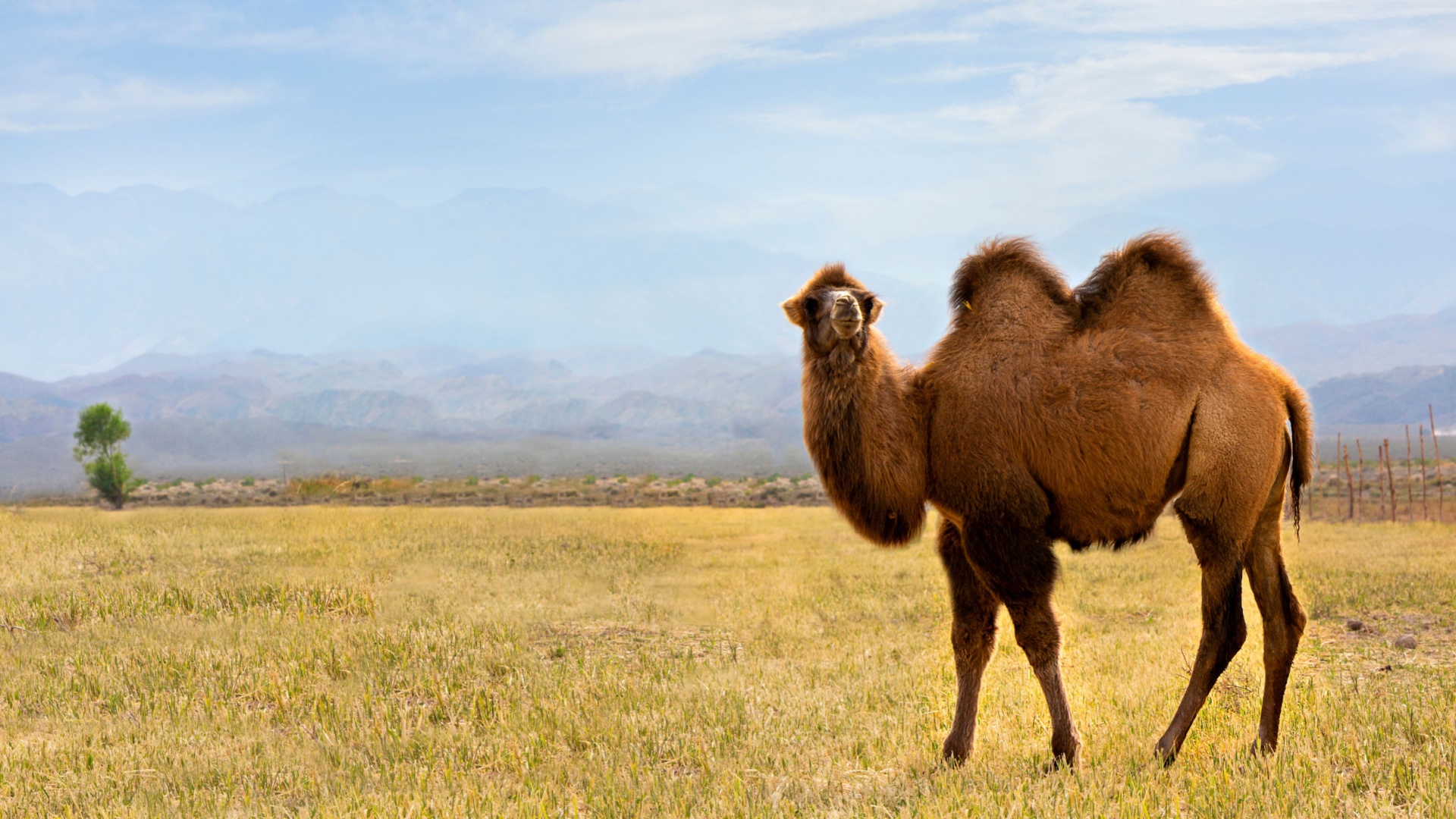The animal kingdom is full of wonders, but some mammals are so rare they seem almost mythical. These extraordinary creatures are found in remote corners of the world, facing unique challenges that threaten their existence.
From elusive forest dwellers to endangered species, these mammals are a testament to the beauty and fragility of nature.
Let’s uncover some of the rarest mammals on the planet and the incredible stories behind their survival.
1. Vaquita
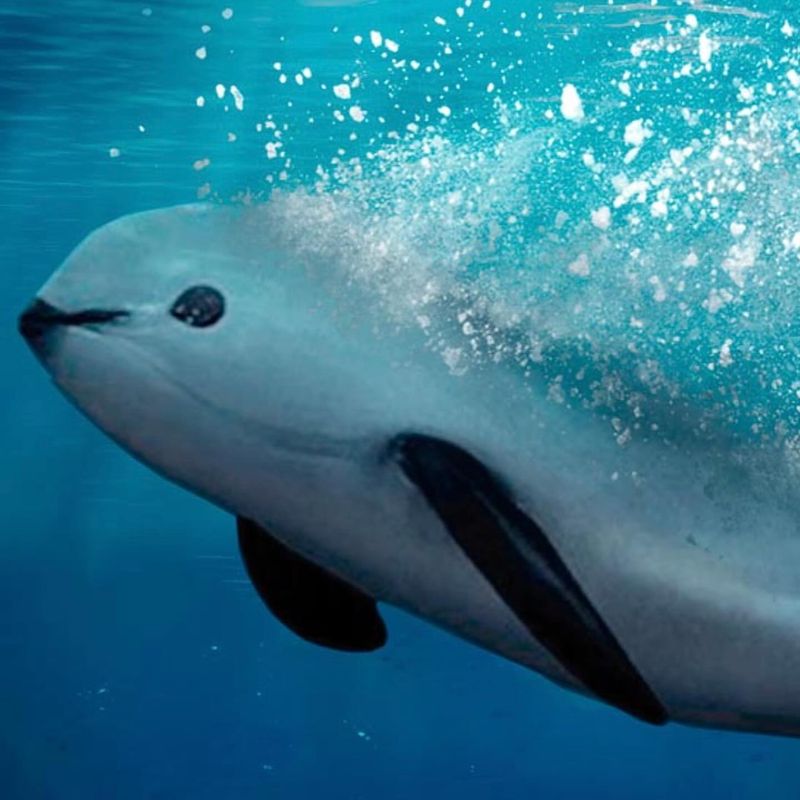
The Vaquita, the world’s smallest and most endangered cetacean, resides exclusively in the northern part of the Gulf of California. With its small, stocky body and striking facial markings, it is a symbol of marine conservation challenges. Unfortunately, only about a dozen individuals remain, primarily due to illegal fishing activities targeting the Totoaba fish.
Efforts to save the Vaquita include banning gillnets and promoting sustainable fishing practices. Conservationists are racing against time to prevent its extinction, as every loss brings the species closer to disappearing forever. Public awareness campaigns play a crucial role in educating communities about the Vaquita’s plight.
The species serves as a poignant reminder of the delicate balance within marine ecosystems and the impact of human activities. Supporting organizations that work to protect the Vaquita can help ensure a brighter future for this enigmatic porpoise. By fostering a collective sense of responsibility, we can contribute to its survival and the preservation of its habitat.
2. Javan Rhino
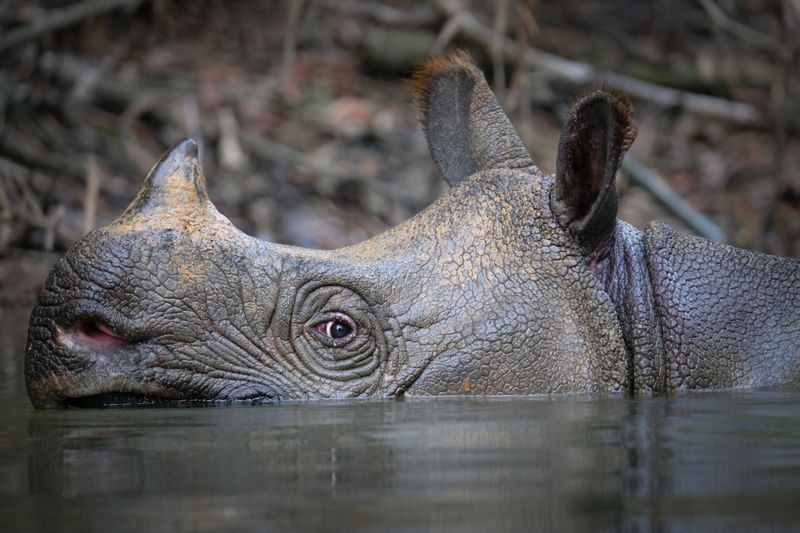
One of the rarest large mammals on Earth finds sanctuary in the dense jungles of Indonesia’s Ujung Kulon National Park. This critically endangered species is distinguished by its single horn and tough, grey skin. With fewer than 80 individuals left, conservation efforts are crucial for its survival.
Habitat protection and anti-poaching measures are at the forefront of initiatives to save the Javan Rhino. Conservationists work tirelessly to monitor the population and implement strategies to improve its chances of recovery. Local communities are encouraged to engage in sustainable land use practices to support the rhino’s habitat.
This remarkable creature is a testament to nature’s resilience but also highlights the urgent need for collaborative conservation efforts. By supporting organizations dedicated to protecting the Javan Rhino, individuals can contribute to preserving biodiversity and ensuring future generations witness the majesty of this unique species.
Its story emphasizes the importance of safeguarding our planet’s natural heritage.
3. Amur Leopard
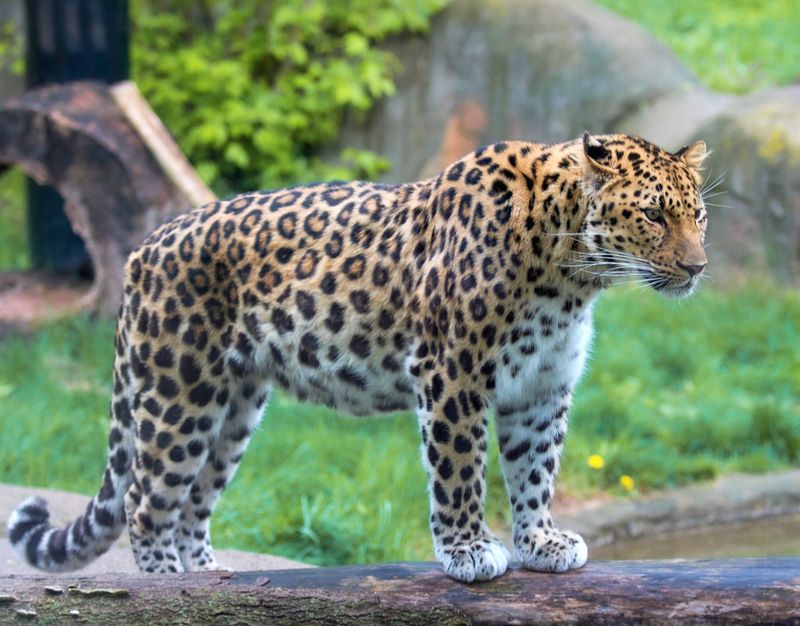
The Amur Leopard is a strikingly beautiful and critically endangered big cat native to the temperate forests of the Russian Far East. Known for its stunning spotted coat and solitary nature, this elusive predator faces numerous threats, including habitat loss and poaching. Fewer than 100 individuals remain in the wild.
Conservationists have implemented programs aimed at habitat restoration and anti-poaching efforts to protect the Amur Leopard. Collaborations with local communities focus on sustainable land management and reducing human-wildlife conflict. The establishment of protected areas has been pivotal in stabilizing the population.
The Amur Leopard’s plight underscores the importance of preserving natural habitats and combating illegal wildlife trade. Supporting organizations committed to its conservation efforts can make a significant difference.
By raising awareness and promoting coexistence, we can help secure a future for this magnificent cat and the unique ecosystem it inhabits. The Amur Leopard’s story is a powerful call to action for global conservation.
4. Saola
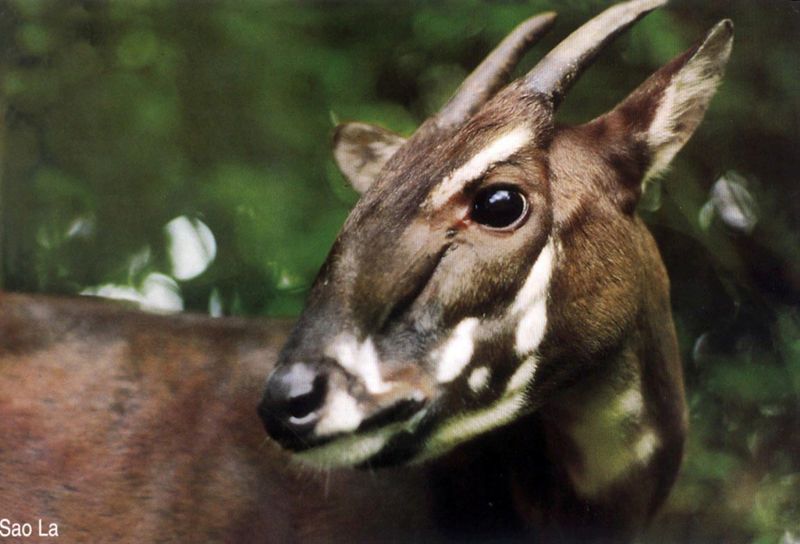
The Saola, often referred to as the “Asian unicorn,” is among the world’s rarest and most mysterious mammals. This enigmatic species inhabits the Annamite Mountains of Vietnam and Laos. Characterized by its long, parallel horns and gentle nature, the Saola remains elusive to researchers. Estimates suggest only a few dozen individuals exist.
Efforts to protect the Saola focus on preserving its habitat and reducing poaching. Conservationists collaborate with local communities to establish protected areas and promote sustainable practices. Captive breeding programs are also being explored to boost population numbers. The Saola Working Group plays a vital role in coordinating these efforts.
The Saola symbolizes the hidden wonders of our natural world and the urgency of conservation action. Supporting initiatives dedicated to its protection can help preserve this unique species and the biodiversity of its habitat.
Its continued existence serves as a reminder of the importance of protecting lesser-known wildlife from the brink of extinction.
5. Sumatran Orangutan
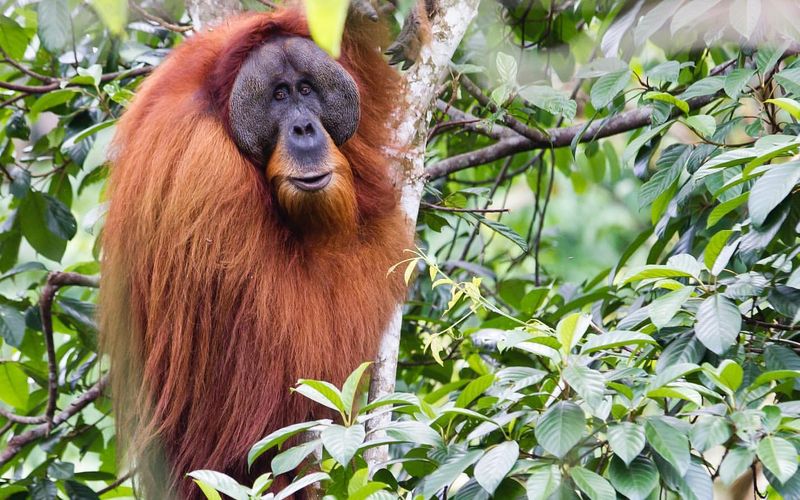
The Sumatran Orangutan, a critically endangered great ape, thrives in the lush rainforests of Sumatra, Indonesia. Recognized for its reddish-brown fur and remarkable intelligence, this arboreal species faces significant threats from habitat destruction and illegal wildlife trade. Only about 14,000 individuals remain in the wild.
Rehabilitation centers play a crucial role in rescuing and reintroducing individuals back into the wild. Community-based programs promote sustainable agriculture to reduce deforestation.
The Sumatran Orangutan highlights the intricate connections within rainforest ecosystems and the impact of human activities. Supporting organizations dedicated to its conservation can help protect not only the orangutan but also the diverse array of species sharing its habitat.
By championing conservation initiatives, individuals can contribute to safeguarding these intelligent primates for future generations. Their story is a testament to the resilience of nature and the power of collective action.
6. Hirola
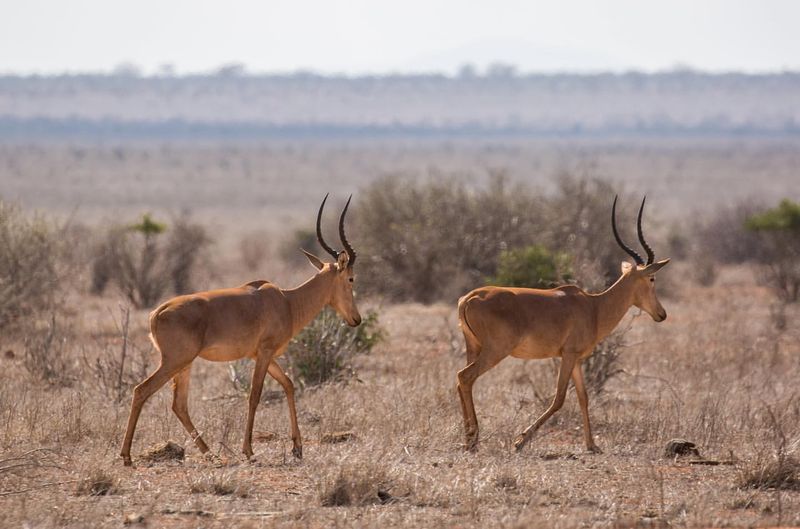
The Hirola, an elegant antelope native to the arid grasslands of Kenya and Somalia, is one of the world’s rarest antelope species. Known for its striking facial markings and graceful horns, the Hirola faces threats from habitat loss and predation. With fewer than 500 individuals in the wild, its conservation status is critical.
Conservation initiatives focus on protecting and restoring the Hirola’s habitat while addressing the challenges of human-wildlife conflict. Efforts include establishing community conservancies and implementing anti-poaching measures. Engaging local communities in conservation activities has proven beneficial for both the Hirola and regional biodiversity.
The Hirola represents the fragility of ecosystems and the need for urgent conservation action. Supporting organizations working to protect this unique antelope can help secure its future in the wild. By fostering awareness and involvement, individuals can contribute to the preservation of this remarkable species and the habitats it calls home.
The Hirola’s story is a vital reminder of the interconnectedness of nature.
7. Pygmy Three-Toed Sloth
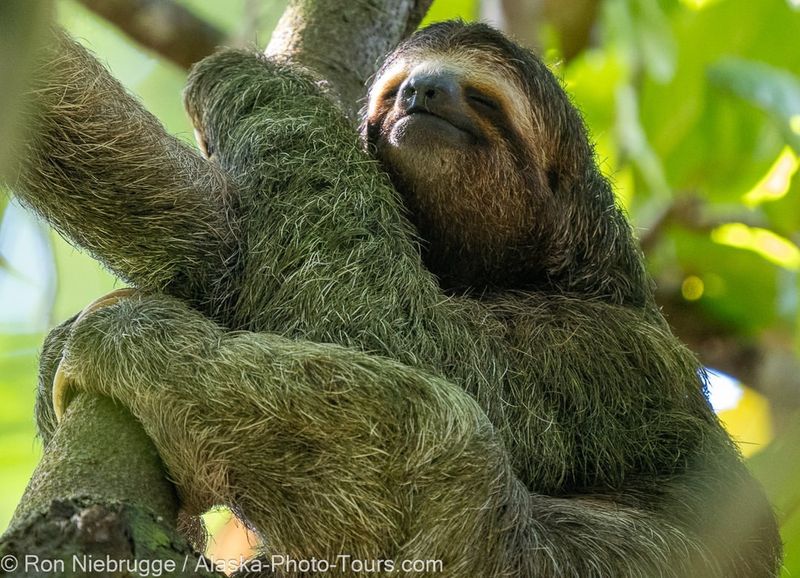
Native to the tiny Isla Escudo de Veraguas off the coast of Panama, the Pygmy Three-Toed Sloth is a captivating and critically endangered species. Known for its small size and slow, deliberate movements, this sloth blends seamlessly with its mangrove forest habitat. Only a few hundred individuals are believed to exist.
Conservation efforts for the Pygmy Three-Toed Sloth focus on preserving the delicate mangrove ecosystems of Isla Escudo de Veraguas. Protecting these habitats from deforestation and human disturbance is essential for their survival. Researchers conduct studies to better understand sloth behavior and ecology, aiding conservation planning.
The Pygmy Three-Toed Sloth highlights the importance of preserving unique island biodiversity. Supporting initiatives dedicated to its protection can help ensure the survival of this diminutive mammal and its fragile habitat. The sloth’s plight serves as a reminder of the broader environmental challenges facing island ecosystems and the need for proactive conservation measures.
8. Iberian Lynx
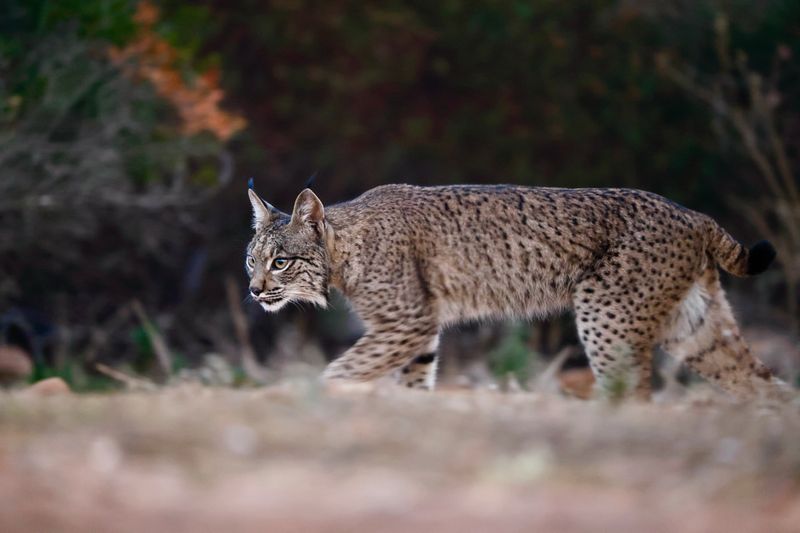
The Iberian Lynx, a magnificent and critically endangered feline, roams the Mediterranean forests and scrublands of Spain and Portugal. Renowned for its short, spotted coat and tufted ears, this elusive predator faces threats from habitat loss and declining prey populations. Fewer than 500 individuals remain in the wild.
The Iberian Lynx symbolizes the richness of Mediterranean biodiversity and the importance of targeted conservation action. Supporting organizations committed to its conservation can contribute to a brighter future for this iconic species.
By raising awareness and promoting coexistence, we can help secure the survival of the Iberian Lynx and the unique ecosystems it inhabits. Their story is a testament to the power of conservation success.
9. Mountain Gorilla
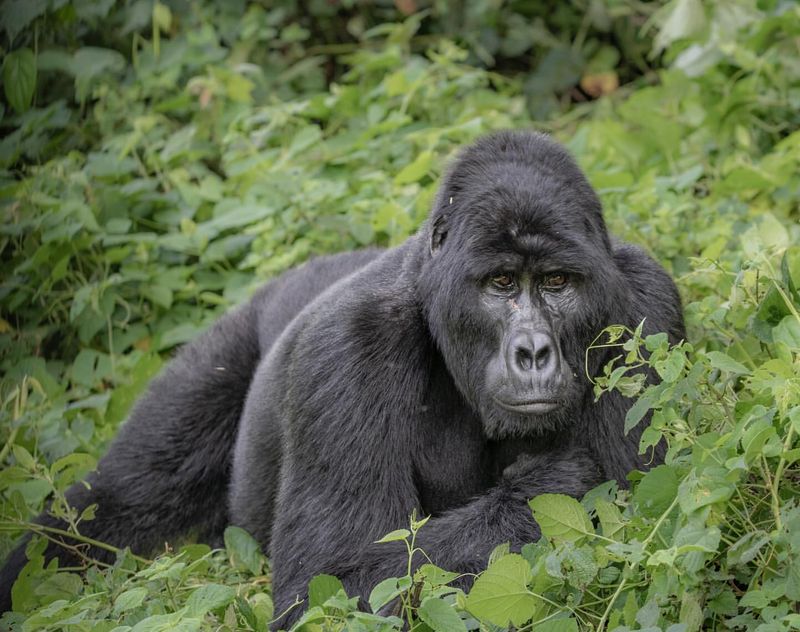
The Mountain Gorilla, a majestic and critically endangered ape, inhabits the dense, misty forests of the Virunga Mountains in Central Africa. Known for its massive build and gentle demeanor, this gorilla faces threats from habitat destruction and poaching. Approximately 1,000 individuals remain in the wild.
Conservation efforts have achieved remarkable success in stabilizing Mountain Gorilla populations. Initiatives focus on habitat protection, anti-poaching patrols, and community engagement. Ecotourism also plays a pivotal role in funding conservation activities and providing economic benefits to local communities.
The Mountain Gorilla exemplifies the resilience of nature and the potential for successful conservation. Supporting organizations dedicated to its protection can ensure the continued survival of this iconic species.
By promoting responsible tourism and habitat conservation, individuals can make a meaningful impact. The story of the Mountain Gorilla is a powerful reminder of the interconnectedness of ecosystems and the importance of safeguarding our planet’s biodiversity.
10. Northern Hairy-Nosed Wombat
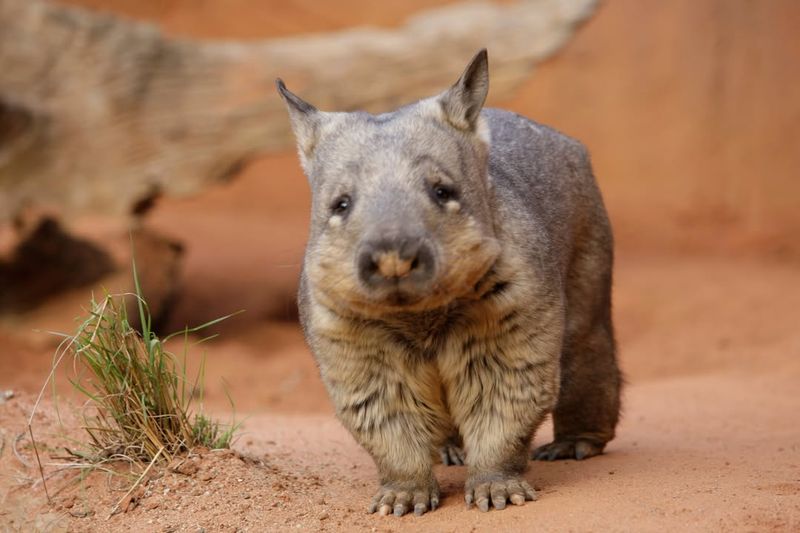
The Northern Hairy-Nosed Wombat, a critically endangered marsupial, inhabits a small area of eucalyptus woodland in Queensland, Australia. Recognized for its unique hairy nose and burrowing lifestyle, this wombat faces significant threats from habitat loss and competition with other species. Fewer than 300 individuals remain in the wild.
Conservation initiatives focus on habitat restoration and predator control to protect the Northern Hairy-Nosed Wombat. Efforts include establishing protected areas and conducting research to better understand wombat ecology. Community involvement is key in supporting these conservation activities.
The Northern Hairy-Nosed Wombat highlights the importance of protecting Australia’s unique biodiversity. Supporting organizations working to conserve this remarkable marsupial can contribute to its survival and the preservation of its habitat.
By raising awareness and promoting collaboration, individuals can help ensure a future for the Northern Hairy-Nosed Wombat and the ecosystems it supports. Their story underscores the urgency of proactive conservation measures.
11. Bactrian Camel
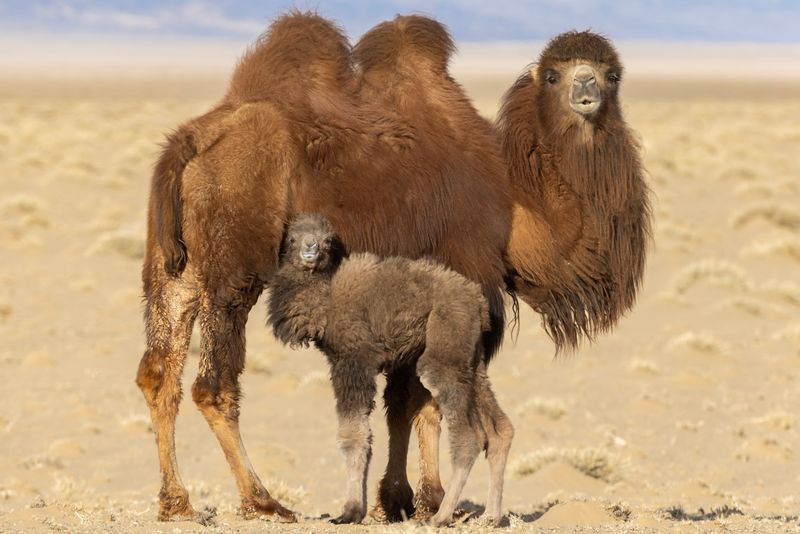
The Bactrian Camel, a critically endangered species native to the harsh deserts of Central Asia, is famed for its resilience and distinctive two humps. Adapted to survive in extreme environments, this camel faces threats from habitat degradation and competition with livestock. Fewer than 1,000 individuals remain in the wild.
The Bactrian Camel symbolizes the adaptability of nature and the importance of conserving desert ecosystems. Supporting organizations dedicated to its protection can help secure its future in the wild.
By fostering awareness and engagement, individuals can contribute to the preservation of this extraordinary species and the unique habitats it inhabits. The Bactrian Camel’s story is a testament to the resilience of life in the face of adversity.
12. Black-Footed Ferret
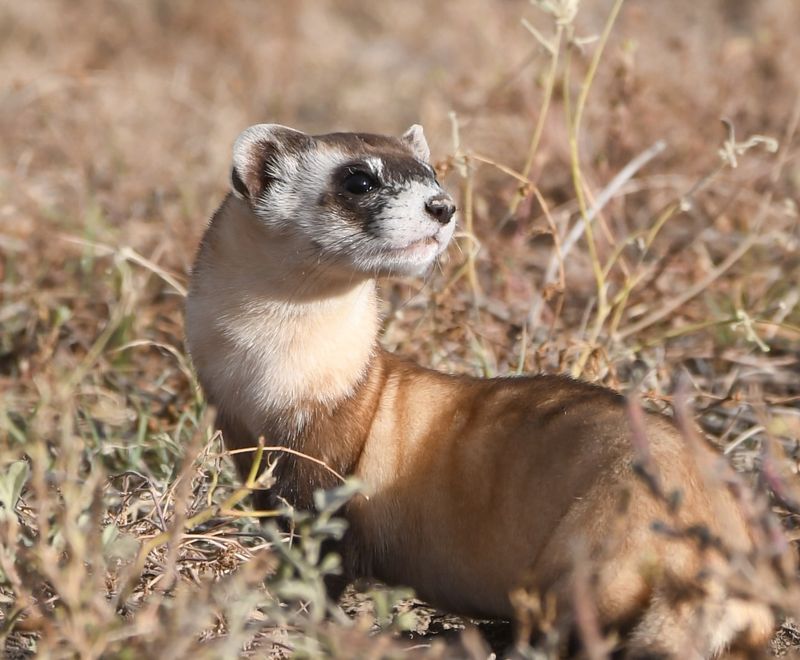
The Black-footed Ferret, a slender and charismatic mammal, is native to the grasslands of North America. Known for its black mask and agile body, this ferret faces challenges from habitat loss and declining prey populations. Once thought extinct, about 300 individuals now live in the wild due to successful reintroduction efforts.
Conservation programs for the Black-footed Ferret emphasize habitat restoration and controlled breeding. Efforts include establishing protected areas and collaborating with ranchers to improve prairie ecosystems. Public awareness campaigns play a pivotal role in highlighting the ferret’s conservation story.
The Black-footed Ferret is an emblem of hope and the power of conservation initiatives. Supporting organizations committed to its recovery can help ensure the ferret continues to thrive. By raising awareness and fostering community involvement, individuals can contribute to the preservation of this remarkable species and its habitat.
The Black-footed Ferret’s story is a powerful reminder of the potential for successful conservation outcomes.
13. Aye-Aye
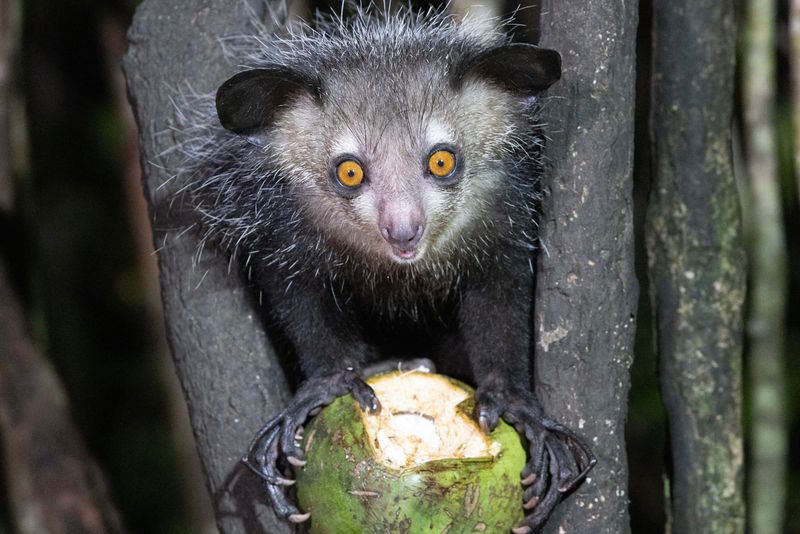
The Aye-Aye, a nocturnal and enigmatic primate, inhabits the rainforests of Madagascar. Recognized for its large, expressive eyes and elongated middle finger, this lemur is a fascinating example of evolutionary adaptation. Despite its unique appearance, the Aye-Aye faces threats from habitat destruction and local superstitions.
Conservation efforts focus on habitat protection and community education to safeguard the Aye-Aye. Initiatives include establishing protected areas and conducting research to better understand its ecology and behavior. Engaging local communities in conservation activities is crucial for lasting impact.
The Aye-Aye’s story highlights the importance of preserving Madagascar’s unique biodiversity and cultural heritage. Supporting organizations dedicated to its protection can help ensure the survival of this remarkable primate and the ecosystems it inhabits.
By raising awareness and promoting coexistence, individuals can contribute to a brighter future for the Aye-Aye. Their story is a testament to the need for global conservation collaboration and respect for diverse wildlife.
14. Red Panda
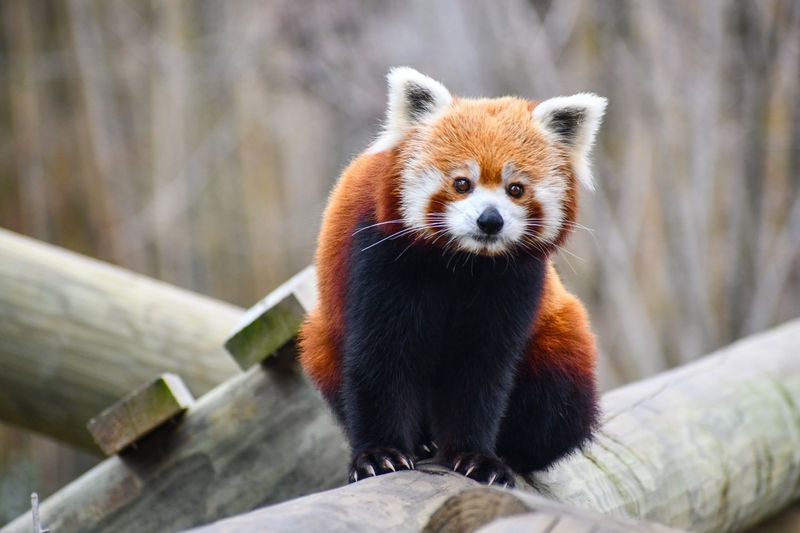
The Red Panda, an adorable and endangered mammal, inhabits the temperate forests of the Eastern Himalayas. Known for its bushy tail and striking reddish-brown fur, this solitary species faces threats from habitat fragmentation and poaching. Fewer than 10,000 individuals remain in the wild.
The Red Panda highlights the importance of preserving the Himalayas’ unique biodiversity and the need for sustainable development. Supporting organizations dedicated to its conservation can help secure a future for this enchanting species.
By raising awareness and fostering community involvement, individuals can contribute to the preservation of the Red Panda and its habitat. Their story is a reminder of the interconnectedness of ecosystems and the urgent need for global conservation action.
15. Yangtze Finless Porpoise
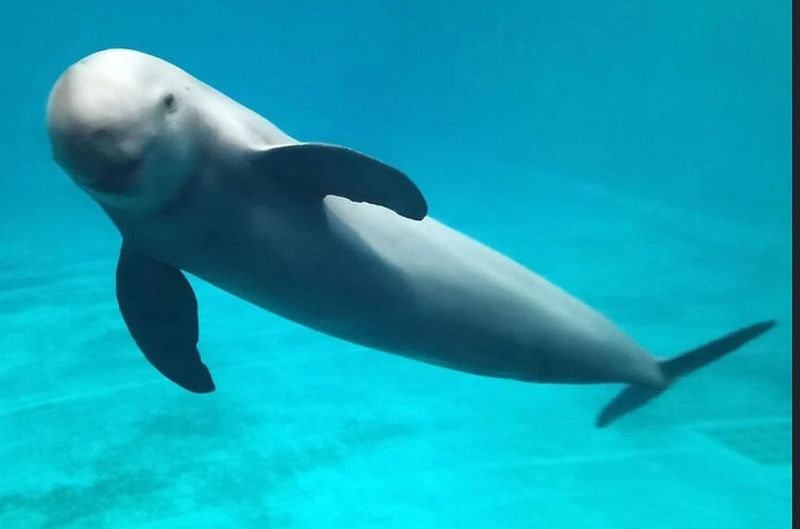
The Yangtze Finless Porpoise, an enchanting and critically endangered cetacean, inhabits the Yangtze River system in China. Recognized for its smooth, grey body and playful behavior, this porpoise faces threats from habitat degradation and pollution. Fewer than 1,000 individuals remain in the wild.
Conservation efforts focus on habitat restoration and pollution control to safeguard the Yangtze Finless Porpoise. Initiatives include establishing protected areas and conducting research to understand porpoise ecology and behavior. public engagement is crucial for raising awareness and support for conservation activities.
The Yangtze Finless Porpoise symbolizes the challenges of freshwater conservation and the importance of sustainable practices. Supporting organizations dedicated to its protection can help ensure the survival of this unique porpoise and the Yangtze ecosystem.
By fostering awareness and collaboration, individuals can contribute to a brighter future for the Yangtze Finless Porpoise. Their story is a testament to the need for urgent global conservation efforts and the protection of freshwater habitats.
16. Philippine Eagle
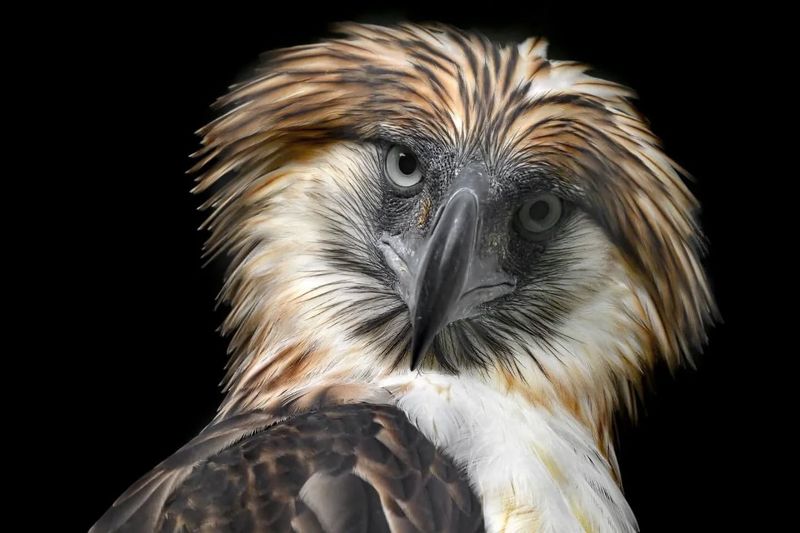
The Philippine Eagle, a critically endangered raptor, soars through the dense rainforests of the Philippines. Known for its impressive wingspan and striking appearance, this eagle faces threats from habitat destruction and hunting. With fewer than 400 individuals remaining, conservation efforts are critical.
Conservation programs focus on habitat protection and breeding initiatives to support the Philippine Eagle. Efforts include establishing protected areas and conducting research to improve understanding of eagle ecology. Public awareness campaigns are vital for garnering support and promoting coexistence.
The Philippine Eagle embodies the beauty and fragility of rainforest ecosystems. Supporting organizations dedicated to its conservation can help secure a future for this magnificent bird. By fostering awareness and engagement, individuals can contribute to the preservation of the Philippine Eagle and its habitat.
Their story underscores the importance of protecting our planet’s biodiversity and the role of community involvement in conservation success.
17. Antipodes Island Parakeet
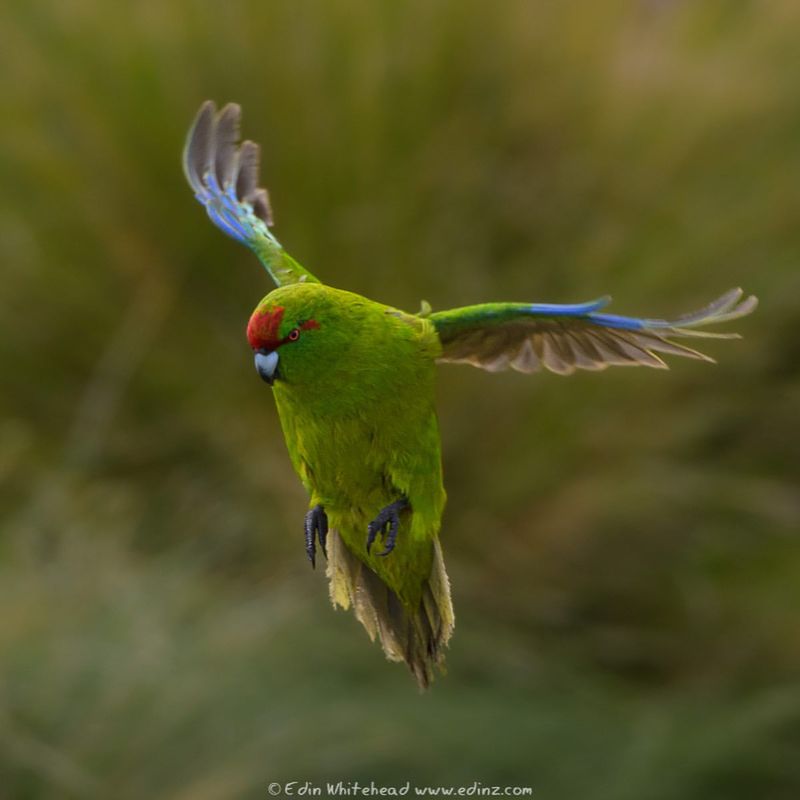
The Antipodes Island Parakeet, a unique and critically endangered bird, inhabits the remote Antipodes Islands of New Zealand. Recognized for its vibrant plumage and distinctive habitat, this parakeet faces threats from introduced predators and habitat changes. Fewer than 2,000 individuals remain in the wild.
The Antipodes Island Parakeet’s story is a testament to the resilience of island ecosystems and the importance of dedicated conservation action. Supporting organizations committed to its protection can help ensure the parakeet’s continued survival.
By fostering awareness and engagement, individuals can contribute to the preservation of this extraordinary bird and the unique ecosystems of the Antipodes Islands. Their journey highlights the need for global biodiversity conservation and the power of community-led initiatives.

